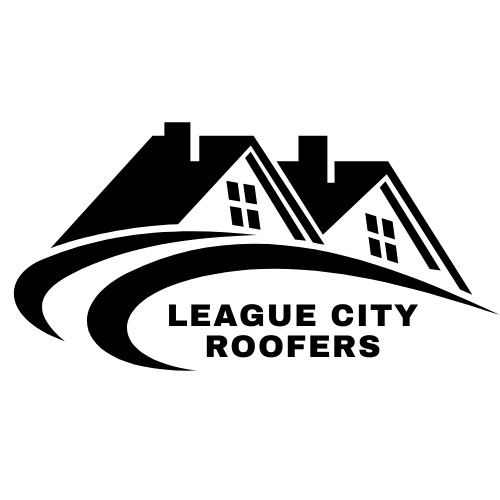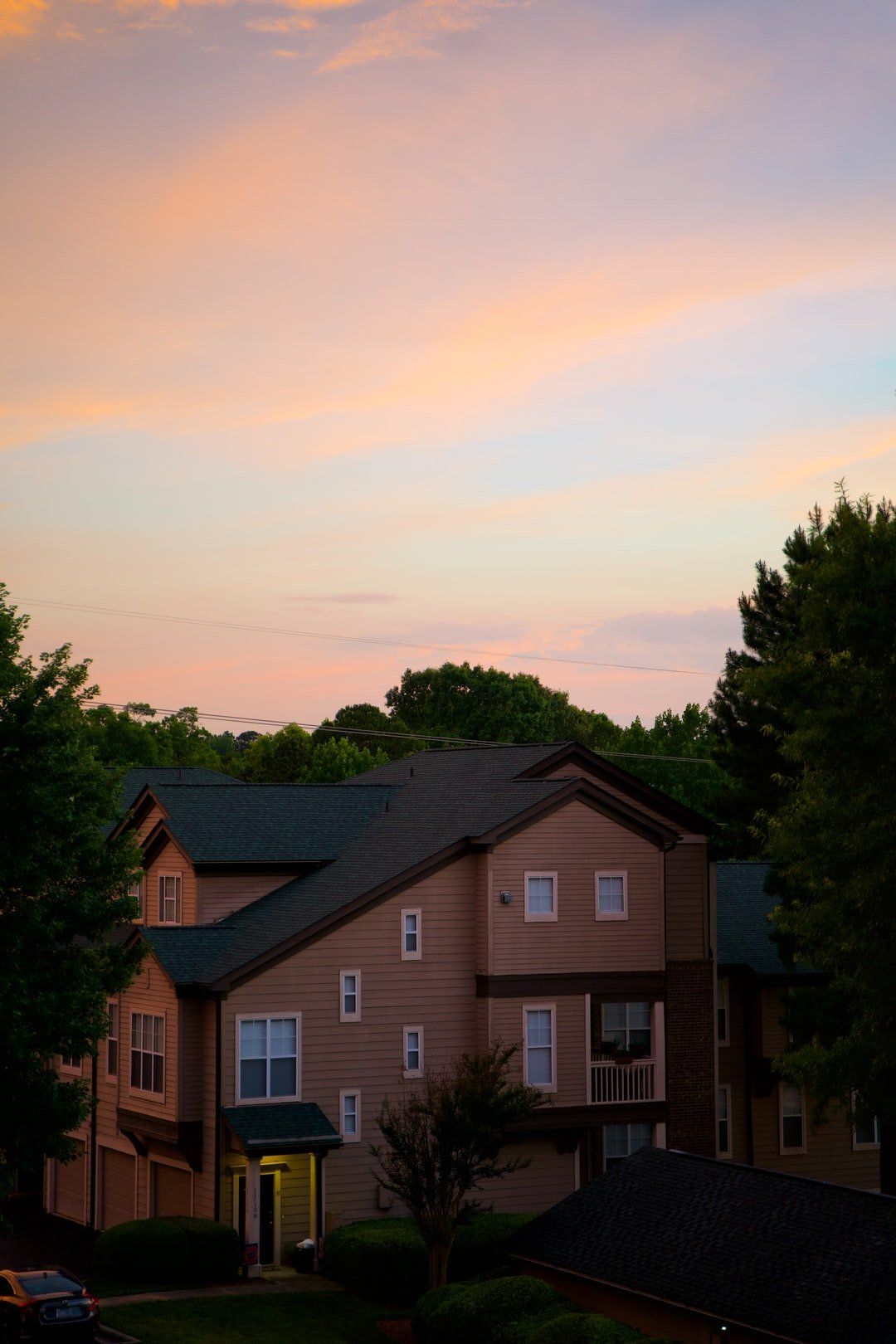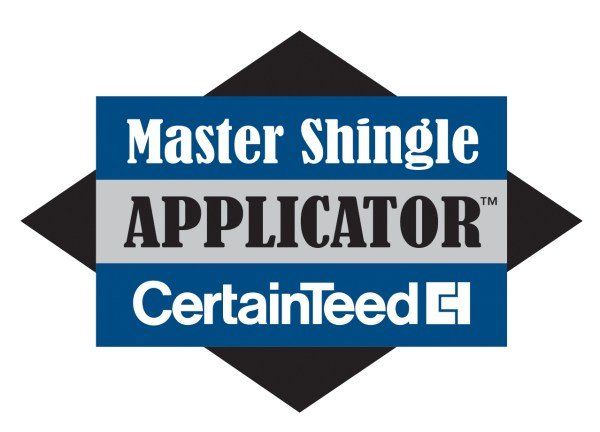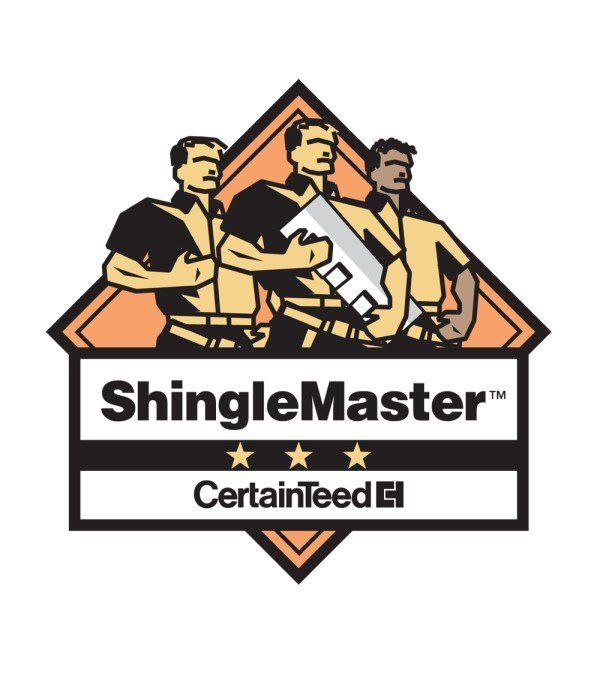Roof Replacement - League City, TX
Roof Replacement / Roof Installations in League City, Texas
Sometimes a roof is damaged beyond repair and needs to be replaced. A roof that has been worn out or damaged will put the property at risk, making it more susceptible for water and other elements to further penetrate into the building.
If your roof is over 10 years old and you have homeowner's insurance, you may be qualified for a free inspection. Better yet, your roof replacement could be covered by insurance! Replacing the roof is a long-term investment, as it will protect the property for years to come. Especially with the latest technological advancements in roofing, new roof systems are tougher and better at resisting the harsh weathers. Additionally, sealants have come a long way and in conjunction with a new roof, you can rest easy knowing that your property has maximum water resistance.
If you've noticed multiple leaks or large areas of missing shingles, we'd advise you to get in contact with a roofing expert.
When Should I Replace My Roof?
While a repair may be all that's needed for a given leak, sometimes it's only a temporary solution until the next leak. A roof repair my last for a few years, but if multiple repairs are needed on the same roof, it may be time to consider investing in a new one. Like a car, there comes a certain point where the repair costs just don't make sense anymore and is better worth putting that money towards a new roof. These are some indications that it may be time to consider a new roof:
Age of Roof
If your roof is over 10 years old, it is almost guaranteed that your roof has been under some harsh weather over the years, especially in Pasadena, Texas. While this does not necessarily mean it is time to replace the roof (we have seen roofs last even beyond 20 years), we would recommend getting any inspection more frequently, especially after a major storm. An aging roof is more susceptible to water penetration after several years of getting beaten down on.
Multiple Roof Repairs
As indicated earlier, if you've had multiple roof repairs, it is possible that the material of the roof has degraded to the point that fixing up one area of the roof may only solve a leak in the short term, but sooner or later, it is likely that another part of the roof will also experience a leak. It can be especially frustrating repeatedly putting money into repairs, when that money can be better spent on a new roof and insulation.
Several Missing Shingles
Repairing a few missing shingles is a fairly easy task, but if your roof is missing several shingles, you may want to consider a new roof. With the unforgiving weather in the Houston area, shingles are often times blown away or cracked from hail and wind. Shingles are the property's first line of defense, so it is important to ensure they can shield water from getting inside the home. If there are multiple points that have been damaged, it would be advised to lay a new layer of insulation and shingles to avoid water penetrating into other potential undiscovered weak points.
Water Spots
Have you ever noticed water spots or stains on your ceiling or walls? If you've ever observed any discoloration on your walls, it is likely from water that is seeping through. Especially if this is discovered after a recent storm, it is very likely that the rain water has broken through the roof, insulation, wood, and plaster. That means multiple lines of defense have already failed and has reached the inside. Water damage on the inside must be taken care of as soon as possible - if left alone, mold will grow and be harmful to the occupants living inside.
Recent Storm
If there has been a recent storm, it would be a good time to call for an inspection. Hail and wind damage is covered by homeowners insurance, but only if the claim is made within a year of the storm. Insurance companies review storm history and will verify if there is any damage that could have resulted from a past storm. If they see that the most recent storm that could have caused the damage was more than a year ago, the claim will not be approved.
What is the Best Roof Type for League City, Texas?
Choosing a roof type may seem complicated and overwhelming, as there are many types of roof options to choose from. The best type of roof depends on what suits you, as priorities may vary between different individuals. We will highlight the different roof types and the pros and cons to each one, so you can make the best decision based on your needs.
Asphalt Roofs
The most popular, asphalt roof are often chosen because of their cost, wide variety of style choices, durability, and minimal upkeep. Asphalt (aka composite) shingles are designed to endure decades of weathering and are among the most affordable options on today's market. Asphalt technology has improved considerably over the years - such as increased resistance to hail damage, algae growth, and various colors that reflect the sunlight to keep homes cooler.
There are three major categories of asphalt roof shingles:
- Strip Shingles (3-tab shingles)
- Original and most basic asphalt shingles
- Single layer of asphalt and have very flat appearance
- Cost the least compared to other asphalt shingles (in general)
- Dimensional Shingles (laminate or architectural shingles)
- Most common
- 2 or more layers of asphalt that are fused together, creating a thicker multi-dimensional look
- Have better warranty protection than strip shingles
- Luxury Shingles
- Highest quality of laminated asphalt shingles
- Most premium protection for weathering
- Have most diverse coloration and dimensionality
Tile Roofs
Clay tile shingles are very popular in Texas and California. Not only are they aesthetically pleasing, they are great at keeping homes cool through the hot summers. In addition to being great at reducing heat build up, they are also very effective tiles for fire resistance. Historically, clay tiles were mostly made from terracotta, which is less common today. Due to their heavy weight, fragility, and high cost of installation and repair, most modern clay tile shingles are made from various materials that are designed to last longer.
Metal Roofs
Metal roofs may be appealing, as they have high longevity, minimal maintenance, and are energy efficient. Material of metal roofs range from tin, zinc, steel, aluminum, and copper. Metal roofs also are very durable and can sustain intense winds, and also impact-resistant. While metal roofs are coated with water-resistant paint, there is still a potential for rust and corrosion if the coating deteriorates over time. The biggest downside of metal roofs may be the cost, as they can be more than twice the cost of other roofs.
Slate Roofs
Very similar to clay tiles, but not as common. Typically found in areas with abundant slate resources. These are generally more expensive for numerous reasons. First, accessibility to slate material is shrinking nowadays, as its becoming less and less popular of a choice. It's also very fragile and difficult to install, so there are many alternatives that have been created to replace slate tiles. There are several slate-style shingles on the market that resemble the look of slate roof tiles with improved performance, increased durability, reduced weight and cost when compared to traditional slate tiles.
Flat Roofs
As you would expect, flat roofs are generally quite flat, but there's actually a very low slope to help with drainage. Although the drainage function is still there, the rate at which it drains is much slower than traditional sloped roofs. Especially in areas with snow or hail, moisture will accumulate more with flat roofs so they must be very waterproof. As opposed to traditional shingles on sloped roofs that are overlapped so that water slides over them, a flat roof is a continuous surface that needs to be able to withstand water that may puddle up.
There are 3 types of flat roof systems:
- Built-up Roof (BUR)
This was the industry-standard flat roof before modified bitumen and membrane roofing were introduced into the market. BUR's have several layers, starting with a layer or two of insulation board, then covered with multiple intermediate layers of tar and/or asphalt and/or roofing felt, before finally being topped off with gravel. BUR's are very thick and durable and are able to withstand damage. Nowadays, BUR's are mostly used on commercial properties, as residential properties are not ideal for BUR's due to their heaviness, strong odors, and mess. While these are very low-maintenance once installed, the installation is quite labor-intensive and time consuming given the multiple layers and material required. Also, because of the weight of BUR's, it is not uncommon to require roof joists and additional support for extra strength in holding the roof up. Trying to find the source of a leak is also much harder with BUR's. - Modified Bitumen Roof (MBR)
MBR's are lighter in weight and were developed to be an alternative to BUR's. The installation is much easier, as it doesn't have the same mess, heat, and odor that comes with installing BUR's. MBR material is a flexible asphalt material, similar to asphalt shingles, but comes in sheets. They are applied by heating, melting, or adhering the backside over a base membrane sheet. MBR's are also considered low-maintenance and even more durable than BUR's. Installation must be done properly to avoid any leaks, as any seams or overlaps are also prone to be the source of leaks. - Membrane (single-ply)
Most common type of residential flat roofing is Ethylene propylene diene monomer (EPDM), which is a synthetic rubber-like material. A typical membrane roof has an insulation board layer, which is then covered by sheets of EPDM.
What's great about this is that repairs are generally inexpensive, leaks are quite rare if installed properly and stay undamaged. EPDM is also quite effective at retaining heat, so this can lower heating bills in colder areas. There are also other types of membrane roofing that can reflect heat to keep the property cooler. The down side of membrane roofing is that seam areas are prone to leaks. With obstructions on the roof, such as chimneys, HVAC systems, pipes, membrane roofs need to be flashed properly in those areas to prevent water from penetrating through. Membrane roofs are also susceptible to storm damage (i.e. hail), falling branches, and debris with strong winds, which can also be a cause of leaks.
What to Consider in a New Roof
01
Impact Resistance
As League City is an area that is prone to storms, hail damage is an undeniable threat. Damage from hail impact can result in water leaks and mold and is not always visible to the untrained eye. This is why we advise to get an inspection after any hail storm, even if the roof does not look damaged.
There are shingles that have different impact resistance ratings, ranging from Class 1 (least durable) to Class 4 (most durable). Class 4 shingles have been tested to withstand cracking or breaking under hail simulation. Homeowners' insurance companies may offer discounts on premiums when installing a high-impact resistant roof or may even require it for coverage in areas that are prone to hail storms.
02
Algae Resistance
Algae tends to grow in areas with high moisture, especially in humid and shaded areas. Algae growth can be problematic if left untreated, as it will grow and expand to other areas of the roof. If you notice any black streaks on your roof or any of your neighbor's roof, you may want to opt for algae resistant shingles, which help prevent the formation and spread of algae.
03
Warranty
Warranty coverage is a key consideration when replacing a roof. After all, with such a big project, it is important to know that the work and materials are guaranteed if anything should fail. Be sure to ask your roofing contractor what warranties are offered, both on the materials and the labor.
Roof Installation and Replacement in League City, Texas
We provide roof installation services to the greater Houston area as well, including (but not limited to):
- Bay Area
- Clear Lake
- Deer Park
- Friendswood
- League City
- Pasadena
- Pearland
- South Houston
- Webster
Call us today to see if we're servicing in your area.
Why Choose Us?
Property owners choose League City Roofers because we:
- Provide best-in-class workmanship - our crew has gone through rigorous trainings and certifications to ensure the job is executed flawlessly
- Are able to finish our work efficiently (depending on the job, sometimes in as little as a day!)
- Use the best quality, top-of-the-line materials
- Work with a variety of roof types
- Stand by our work with warranties
- Are easy to work with and our integrity is the core of our business
Roofing Services in League City, TX
and surrounding areas in Houston, Texas
Navigation
Navigation
Services
Working hours
- Mon - Fri
- -
- Sat - Sun
- Closed
Working hours
- Mon - Wed
- -
- Thu - Sat
- -
- Sunday
- -
Copyright League City Roofers





